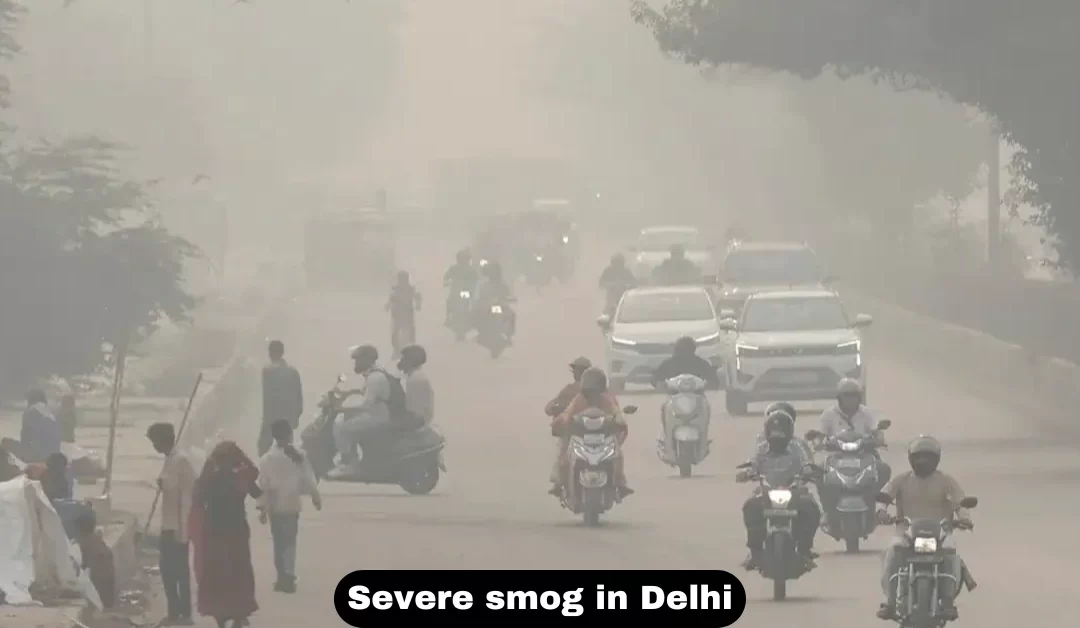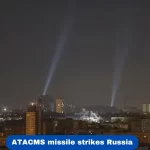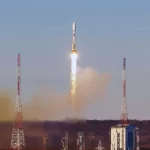Delhi and its nearby areas faced intense air pollution today, with a thick layer of smog covering the region. The air quality dropped significantly, reaching the ‘Severe’ category as the Air Quality Index (AQI) surpassed 400. This pollution led to serious disruptions, including poor visibility that impacted flight operations at Indira Gandhi International Airport. The India Meteorological Department (IMD) reported zero visibility at 8:30 am, with the Runway Visual Range ranging from 125 to 500 meters in different areas. The Commission for Air Quality Management (CAQM) described this early morning event as an “episodic event” caused by various environmental and human factors.
The Impact on Visibility and Travel
The dense smog created major visibility issues at the Indira Gandhi International Airport, causing delays and disruptions in flight schedules. According to the IMD, visibility reached zero meters at one point, which is highly unusual and poses safety risks for aircraft operations. The range varied between 125 and 500 meters across different parts of the airport, making it difficult for pilots and ground staff to manage operations smoothly.
Contributing Factors to Poor Air Quality
Delhi’s air pollution has been a recurring problem, worsening every year from October onward. The primary contributors include vehicle emissions, industrial pollution, and stubble burning from nearby states like Punjab and Haryana. The smoke from crop residue burning mixes with urban pollutants, creating thick smog that engulfs the city. The CAQM highlighted that the steep rise in AQI to 418 was due to these combined factors and noted that today’s situation was exacerbated by specific weather conditions that limited pollutant dispersion.
- Stubble Burning: The smoke from burning crop residues in neighboring states significantly contributes to Delhi’s poor air quality, as farmers clear fields for the next planting season.
- Vehicle Emissions: The capital’s high traffic density adds to the emissions, which worsen when combined with cold weather that traps pollutants close to the ground.
- Weather Conditions: Calm winds and lower temperatures prevent the smog from dissipating, leading to high concentrations of harmful particles in the air.
Actions Taken by Authorities
In response to today’s severe air pollution, the CAQM and other government bodies have taken immediate steps. The commission noted that the situation should start to improve by tomorrow as stronger winds are expected to help clear the air. The AQI is predicted to move from ‘Severe’ to the ‘Very Poor’ category. However, authorities are closely monitoring the situation and considering whether stricter measures under Stage III of the Graded Response Action Plan (GRAP) need to be enforced.
- Stage II of GRAP: Implemented in October, it includes restrictions on coal and firewood use and bans diesel generators in the Delhi-NCR region. Measures also involve regular mechanical road sweeping, water sprinkling to control dust, and more traffic personnel at busy intersections.
- Potential Stage III Measures: If conditions do not improve, Stage III may be enforced. This includes a ban on non-essential construction activities and restrictions on BS-III petrol and BS-IV diesel vehicles to limit emissions further.
The CAQM mentioned that if the AQI does not show a significant decrease, stricter actions will be considered. This might include more rigorous controls on public and private transportation and limitations on certain industrial operations.
Ongoing Efforts and Public Response
Residents have expressed concern over the recurring pollution crisis that affects their daily lives and health. The government, on its part, has urged citizens to follow eco-friendly practices, use public transport more often, and adhere to air quality advisories. In addition, the authorities are trying to ensure that construction sites comply with anti-pollution regulations and that any violators face penalties.
There are calls for stronger collaboration between the central and state governments to develop more sustainable solutions, especially targeting the reduction of stubble burning and enhancing public transportation infrastructure.































